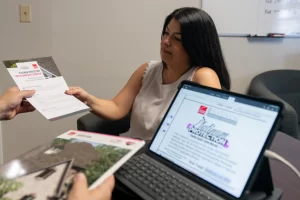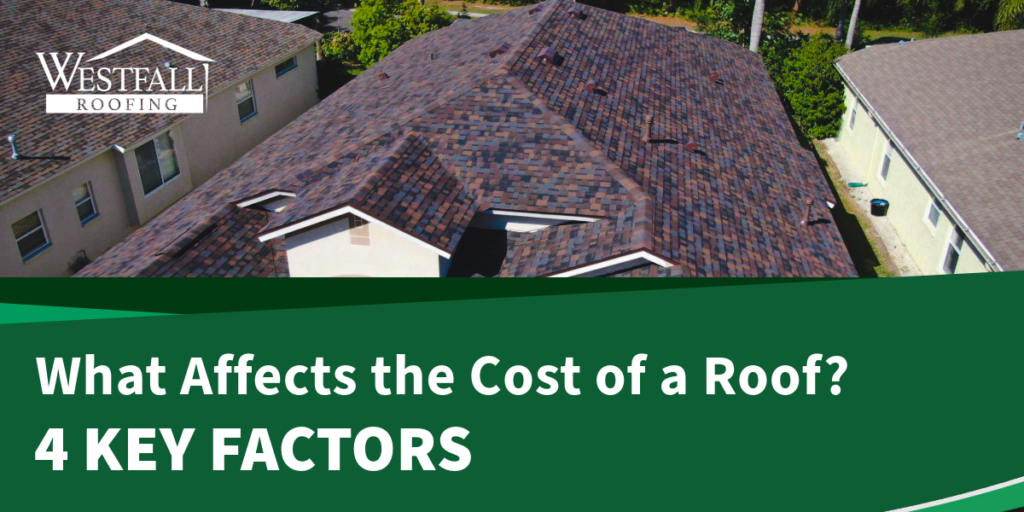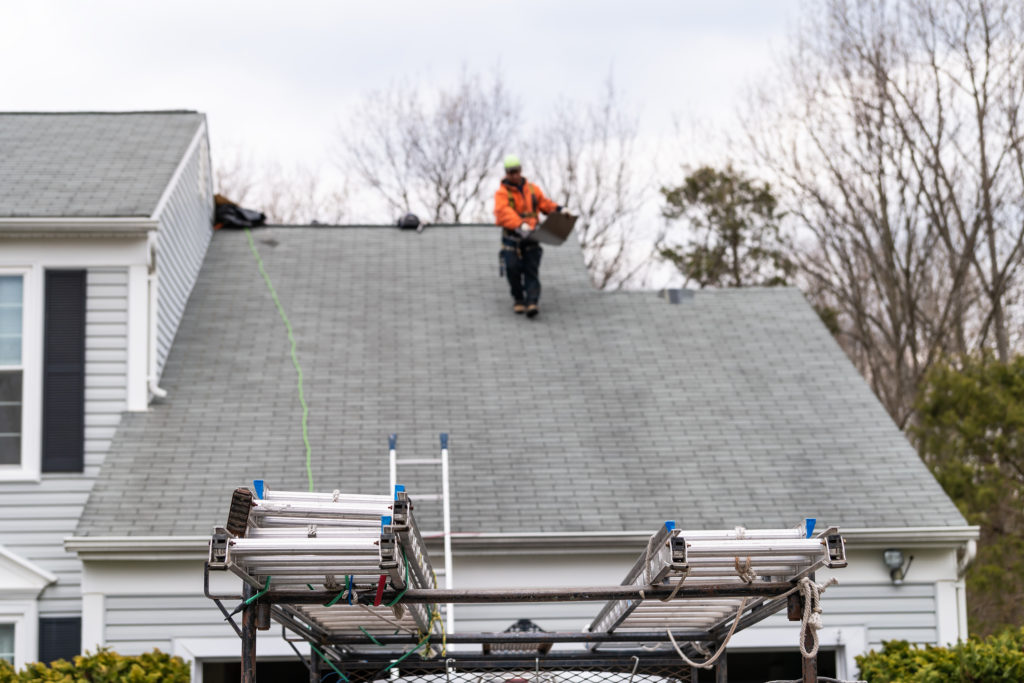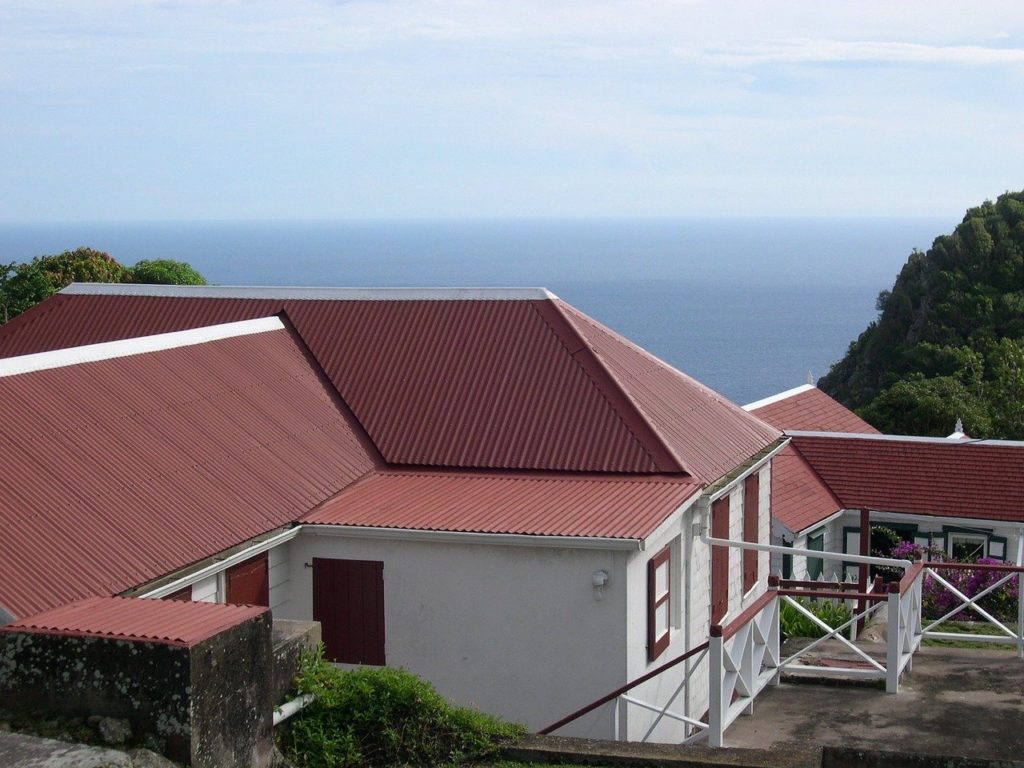At Westfall Roofing, we understand that very few of us can wave our hands and say, “Install a new roof,” without first considering our finances. Whether you’re planning ahead or responding to storm damage, budgeting for a roof replacement is a big decision. And naturally, one of the first questions we hear is, “How much will it cost?”
While it would be convenient to have a one-size-fits-all price, roofing doesn’t work that way. Every home is different, and so is every roofing project. No reputable contractor can provide an accurate estimate without first inspecting your roof in person. The cost of a new roof in Central and Southwest Florida depends on several key factors. Understanding them will help you make informed choices when the time comes to protect your home.
Below, we break down the primary considerations that affect roofing prices in our service areas, including Tampa Bay, Sarasota, Naples, Orlando, and surrounding communities across West Central and Southwest Florida.
1. Roof Complexity: More Than Meets the Eye
A Florida home may have one, two, or even three levels. Its roofs may be vast expanses of smooth, gentle slopes or Victorian wonders with turrets, gables, and dormers. These variations in design significantly impact the cost of installation.
Questions That Impact Pricing:
- How many stories is your home? The higher the roof, the more effort and safety equipment is required.
- What’s the slope of your roof? Steep-pitched roofs are more difficult and more hazardous to work on.
- How accessible is your roof? Roofs surrounded by trees, pools, fences, or delicate landscaping take more time to access and navigate.
Does your roof have complex architectural features? Dormers, valleys, skylights, and turrets require additional materials and labor to waterproof correctly.
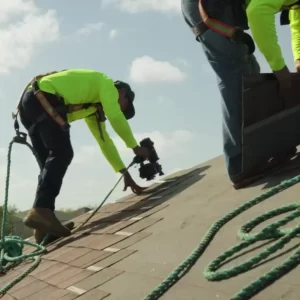
Steeper roofs require more safety precautions for roofers than low-slope or gently sloping roofs. More complexity means more time, labor, and materials, so don’t be surprised if your unique roof style influences the bottom line.
2. What’s Underneath the Shingles Matters
Many homeowners focus on the roofing material they can see, but the unseen layers underneath are just as important and can significantly affect your costs. After peeling away a roof’s visible layer, you expose the underlayment and sheathing.
Two Key Components Under the Roof Surface:
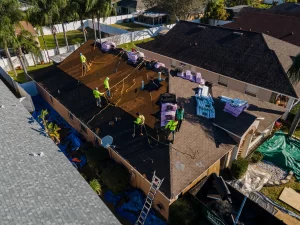
Roof Decking (Sheathing): This is the wooden layer (typically OSB or plywood) that forms the base of your roof. If parts of it are damaged, moldy, or rotted, they must be replaced before new roofing can be installed.
Underlayment: This protective layer lies between the decking and the roofing material. Options include synthetic underlayment (lightweight, durable, and water-resistant) or self-adhering underlayment (peel and stick) for enhanced waterproofing, which is especially important in storm-prone Florida.
A thorough roofing estimate from Westfall Roofing will include per-sheet replacement or linear foot pricing for sheathing and perimeter wood, so you know what to expect if hidden damage is uncovered during the project.
3. Roof Size: Bigger Isn’t Always Better for Your Budget
While your home’s square footage gives you a rough idea of size, your roof’s actual surface area is almost always larger, especially if you have overhangs, multiple slopes, or architectural flourishes.
Roofing is measured in “squares,” with one square equaling 100 square feet. A compact home might require just 15–20 squares, while a large or complex home could need 40–60 squares or more.
More surface area means:
- More shingles, tiles, or metal panels
- More underlayment and decking
- More drip edge, flashing, and ventilation systems
Every square foot adds up, so knowing the size and scope of your roof is critical in planning your project and your budget.
4. Roofing Material: Choose What’s Right for Your Florida Home
The material you choose for your new roof will have a major impact on the overall cost, not just during installation but also over the long term. Florida’s climate, which includes high heat, heavy rainfall, and hurricane threats, demands roofing materials that are durable and energy-efficient.
Common Roofing Materials and Their Cost Considerations:
- Asphalt Shingles: These are the most popular and budget-friendly option. At Westfall Roofing, we proudly offer Owens Corning shingles, which are known for their performance and style. As a Platinum Preferred Contractor, we can offer their exclusive Platinum Protection Warranty – a strong investment in your home’s future. (All warranties are subject to individual agreements. Please read your agreement for specific details.)
- Metal Roofing: While more expensive to install, metal roofs are incredibly durable, energy-efficient, and long-lasting, often 40–70 years. They’re also excellent at reflecting solar heat, which helps reduce cooling costs in Florida.
- Tile Roofing: Tile roofs, often made of clay or concrete, are highly resistant to wind and fire. They can last up to 30-40 years or more, but are heavier and typically more expensive than other options. Your home’s structure must be evaluated to ensure it can support the additional weight.
Each material comes in a range of styles, colors, and quality tiers, allowing you to find something that fits your budget while complementing your home’s look.
5. Warranties and Workmanship: Don’t Overlook the Value of Protection
While warranties may not be top-of-mind during budgeting, they can be a powerful way to protect your investment. Roofing systems from manufacturers like Owens Corning come with a range of warranties depending on the contractor and the materials selected. With Westfall Roofing, you get peace of mind knowing you’re working with a certified installer who can offer the best warranty protection available.
In addition to manufacturer warranties, be sure to ask about our workmanship warranty—this covers the quality of the installation itself.
